The farm, the formula, and the story so far
In a valley plunging down the northern slopes of Hong Kong’s highest peak, Tai Mo Shan, there is a farm. It is no ordinary farm – though yes, there are chickens and ducks and pigs, and orchards with citrus trees. This farm – Kadoorie Farm – is like a grand laboratory, a place where new and better breeds of animals, new crop varieties and improved ways of farming have been developed. And, it is a place for conservation, with rare plants cultivated, and hillsides allowed to run wild, safe from the ravages of mankind.
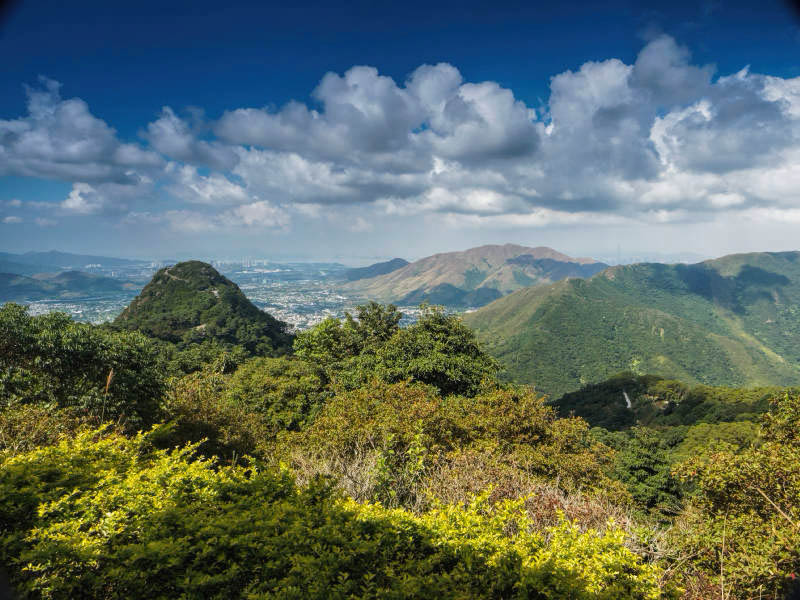
Visit the farm today, and you will find the valley clothed with vegetation. You can follow the twisting roads that climb through orchards laid out on terraced fields. Or walk through wooded glens, where bamboos and ferns flourish in the shade. Reaching the upper reaches of the valley, you will find a garden dedicated to orchids – some 75 local species have been propagated here. Among them are the walking stick orchid, with its white or rosy-lavender flowers opening upside-down, and the spider or lily-leaf orchid, with its lilly-like leaf, and flowers resembling small spiders, each with its legs spread out on a web. Above the orchid garden, native shrubs and flowers carpet the hillsides and the surrounds of craggy Goddess of Mercy peak.
Yet had you visited when the farm was first established, in 1956, you would have found the valley denuded, its slopes stony and degraded of good soils. On seeing the proposed farmland, you might well have agreed with the Chinese and European agriculturalists who declared the hillsides valueless. Now, with hindsight, you can see how wrong they were; the area has been transformed.
The formula for the transformation is deceptively simple: Vision, and hard work. Vision on the part of the farm’s founders, the philanthropic brothers Horace and Lawrence Kadoorie; hard work on the part of local villagers.
While the transformation was underway, botanists showed that, although the flora was impoverished, it was still interesting. Thirty-five species of orchids – one-third of Hong Kong’s total – were discovered growing wild. Some were previously unknown in Hong Kong. Other firsts for Hong Kong included the Guangdong silver bell, named for its dainty, white bell-like flowers. One of the trees, the manglieta, had been thought extinct in Hong Kong until one was discovered here. Another, Kadoorie’s persea, was new to science.
The broad story of the farm’s landscape – virtually laid waste by man, yet with rare and interesting species surviving, and now green again – has been repeated in many parts of Hong Kong. Yet though there are places like this where wildlife is on the rebound, none is any more than a shadow of Hong Kong’s forests past.
From ancient forests, to barren island, and new growth
Thousands of years ago, the land that is now Kadoorie Farm, along with the nearby hillsides, hillsides elsewhere, flat land including the low peninsula of land that holds Kowloon, and islands small and large, including Hong Kong Island, were surely forested. No certain trace of these ancient forests now remains, but we can guess how they might have appeared.
The forests were sub-tropical, dense and lush, dominated by evergreen trees belonging to the oak and laurel families. There were sawtooth oaks, bamboo-leaved oaks, thick-leaved oaks and small-leaved oaks. There were white oaks and chestnut oaks, and spiny, hairy, wild and thorny chestnuts. There were at least 16 species of tanbarks, as well as camphor trees, cinammon trees, litseas with round leaves and with long leaves, and winter-flowering fragrant litseas.
At lower elevations, the forests were mostly tropical in nature; those growing higher more resembled forests we find further north, in temperate regions. Especially on exposed ridges, where they were trimmed by winds that blew in from the north-east in winter and from over the South China Sea in summer, the trees in these upland forests grew to only modest heights. Even the lowland forests held few true giants – the erratic, violent visitations by typhoons removed upstarts that thrust too high above their neighbours.
The forests were home to a great diversity of wildlife. There were Asian elephants, South China tigers, leopards, wild dogs, macaques, gibbons, pythons, and giant moths. Maybe there were also rhinoceroses, exotic pheasants and hornbills. Maybe there were creatures that are no longer found anywhere on earth.
Although much of our picture of these forests stems from guesswork – albeit educated guesswork, this we do know: the forests were destroyed by man.
We cannot know when the destruction began; Hong Kong’s early history is just too hazy. Archaeologists tell us the earliest traces of humans in the area are around 6000 years old. Although the relics were found on the coast, it is likely that people also lived in the forests. Perhaps they cut down areas of forest, farmed, then moved on to cut down other areas, leaving the near-exhausted fields to revert to forest.
During the Song dynasty (960-1279), there was a wave of immigration from the north, as people arrived to settle, and farm. These farmers reputedly spelled the end for most of the remaining forest cover.
By 1841, when Hong Kong Island and Kowloon were ceded to the British, the forests had evidently been reduced to small patches of secondary growth – mainly on the more remote hillsides – and scattered, utilitarian fung shui groves (see `The Chinese and the Earth’). Hong Kong Island, which may have been typical of much of the landscape at that time, was, in the words of British foreign secretary Lord Palmerston, `a barren island with hardly a house upon it.’
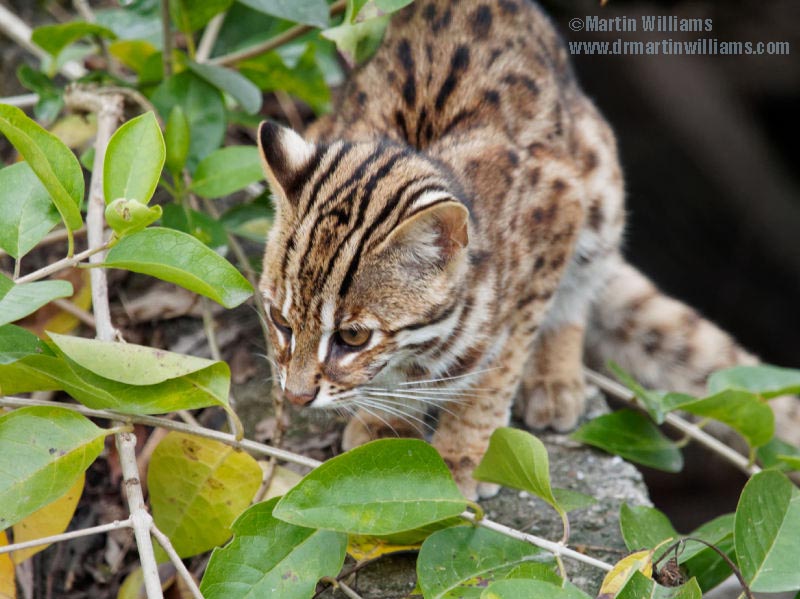
Yet even with the forests so depleted, an impressive diversity of plants and animals remained. Elephants, gibbons and, surely, many other mammals had vanished, but tigers still visited – Herklots wrote of individuals terrorising villagers, and of one that killed a police sergeant. Leopards were rarer; one was trapped and shot in 1931. Wild dogs, or dholes, were reported, though Herklots never saw one. There were also leopard cats, three species of civet cats, foxes, barking deer and wild boar. And, perhaps because they coped better with forest loss and were regarded as auspicious by the locals, there was a good variety of bats, with 21 species recorded this century.
Reptiles and amphibians, many of which were native to forest, forest streams or forest swamps, also weathered the destruction well, with over 100 representatives remaining. So too the butterflies, with more than 200. Hong Kong is home to an estimated 3000 to 4000 species of moths, including the world’s largest moth by wingspan, the atlas moth. Among 1875 species of native vascular plants are more than 150 tree species (compare Britain, with just 35).
Though some wildlife had prospered despite the deforestation – which had benefited open country plants and animals – there were also rare species, clinging on for survival. For them, continued habitat loss could signal a death knell. They needed a reprieve from the wholesale destruction.
Towards the end of last century came just such a reprieve for the forests – albeit a reprieve that was largely restricted to Hong Kong Island, where extensive tree planting began, and cutting trees was prohibited. Much as with the preservation and cultivation of fung shui groves, the reafforestation was not for conservation, but to serve human aims – the new forests were to act as sponges, taking the brunt of rainstorms, and releasing the water to reservoirs that supplied a growing population.
The reprieve ended with the Japanese occupation, from December 1941 to August 1945. Desperate for fuel, people felled trees, stripping away many of the remaining woods.
The occupation seems to have marked a watershed in the history of Hong Kong’s forests and their wildlife. Few trees of pre-war age remain. Post war, there have been no reports of wild dogs (though there are domestic dogs gone wild), there has only been one certain tiger – which, in November 1947, walked across the Bishop of Hong Kong’s lawn in Sha Tin – and only one leopard, shot in the north-eastern New Territories in 1957. Similarly, black-naped orioles and great barbets have gone from Hong Kong Island, where both bred earlier this century.
But, even as urban Hong Kong has grown apace, the years since the war have seen extensive tree planting, and the natural growth of new, young forests. This renaissance for the forests is widespread; even on the slopes above the city on Hong Kong Island, you can see it underway.
But if you want to find the best of the new forests, you must head into the New Territories, to the Tai Po Kau Forest Reserve. Unlike the usual plantations in Hong Kong, with their handful of dominant tree species, Tai Po Kau has been planted with a rich mix of native and introduced trees. These, in turn, have attracted a wide variety of wildlife. Like Kadoorie Farm, Tai Po Kau is a product of that simple formula – vision and hard work – and serves as a fine example of conservation in action.
Tai Po Kau Forest Reserve
The Tai Po area was surely an appropriate choice for special treatment during reafforestation. Its old name derives from dense forests that, legend has it, existed hundreds or thousands of years ago. Also written Tai Po in English, the name meant `Big Stride’, after the warning given to anyone entering the forest. There were, people said, so many dangerous creatures that anyone planning on venturing in was advised: `Take long strides, otherwise the tigers and snakes will get you!’ (Some credibility was lent to the story when, as a road was being built, workers dug up the roots of huge trees.)
Perhaps the threat from dangerous animals was always exaggerated – remember that the locals were descended from farmers, not forest dwellers. But today, with tigers long gone, and the remaining dangerous animals shy and difficult to see (though macaques can be a nuisance), you can stroll through the Tai Po Kau forest, savouring its atmosphere.
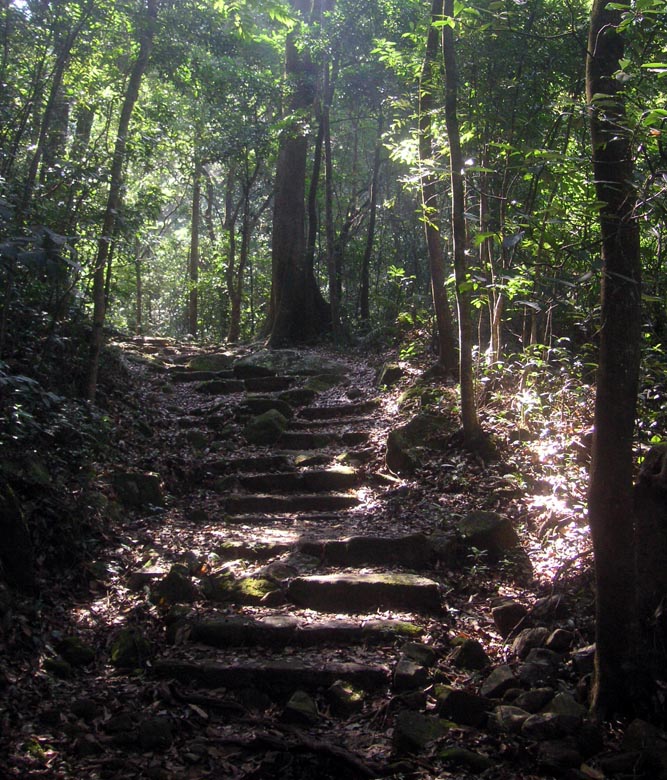
Entering the reserve, you walk on a narrow road that heads uphill, away from the old highway between Tai Po and Kowloon and into a valley cut into the easternmost slopes of Tai Mo Shan. The valley side to your left is strewn with boulders. Between them grow trees, shrubs and creepers, hiding all but the nearest slopes from view. To your right, again mostly hidden by vegetation, is the rocky bed of the stream that leads out of the valley, and down towards Tolo Harbour. Even in the rainy summer, the flow is unimpressive: most is swallowed by a catchment tunnel at a dam you will soon reach, and spirited away to reservoirs. Tai Po Kau may be a nature sanctuary, but it also serves man.
As the trees on the right give way to orchards, look across to the valley side opposite, where the forest canopy seems unbroken, rippling across ridges and gullies, rising abruptly where trees have grown taller than the rest. Though there may be splashes of colour – perhaps yellow flowers and red tinged fresh leaves in spring, reds and oranges of tallow trees in spring – the canopy is, overwhelmingly, green. There are deep greens, paler greens, differing hues of green, all forming a green mosaic to absorb energy from the sun, and use it to transform carbon dioxide and water into sugar, into life.
Maybe, while you are near the orchard, you will hear branches suddenly swaying, even though there is no wind, and look up to see a troupe of macaques moving through the trees. Maybe you will come across a lone male who is pestering visitors for food. If refused, he could be belligerent. If rewarded for his boldness, he may take his booty to a tree, climb to a solid branch, and sit eating, staring sullenly into space.

Macaques are the only mammals you are likely to see during a walk around Tai Po Kau. Indeed, many of the forests’ inhabitants are elusive, and you can sometimes feel they are all hiding from you as you walk the trails, unable to see the wildlife for the trees.
But persevere, and you should be rewarded with wildlife encounters that make the visit worthwhile. In summer, when the forest resonates to the buzzing of cicadas, you may see skinks standing motionless beside the path; they watch you, then, as you come too close, dash into the leaf litter. Or you notice a larger changeable lizard, with a spiny back ridge, clinging to the trunk of a tree. Large woodland spiders, with bodies as long as your little finger, sit motionless on webs spun between branches.
There are butterflies, too. Big, dark swallowtails with iridescent blue flashes flit across the path. Dark-veined tigers with black latticework across their orange wings flap and glide slowly and casually, their self assurance stemming from toxins that make them unpalatable to birds and other would-be predators. If you are lucky, you might see a large, black and yellow birdwing gliding over the treetops. Or you might look down and find a creature you would hardly expect in a forest: a bright red crab. Quite at home here, this land crab is adapted to a life in forest streams and undergrowth.
Though you should also see some of the forest’s birds during a summer visit, summer is not the best season for birdwatching in the forest. If it is birds you want to see, you will find it better to visit at other times of year. Try late autumn, when there can be influxes of migrant thrushes, warblers and red-flanked bluetails.
Or winter, when birds fleeing the cold of northern forests mingle with the residents. Brilliantly-plumaged minivets – the males patterned black and red, the females similar but with yellow replacing the red – fly about in flocks, then settle in trees like so many Christmas ornaments, bustling about in search of insects. Hair-crested drongos, black with blue sheens on their wings, often tag along with them. Warblers also move through the trees in small parties. On the ground, there are well-camouflaged olive-backed pipits, and Tristram’s buntings with heads patterned like old-fashioned, black-and-white humbugs.
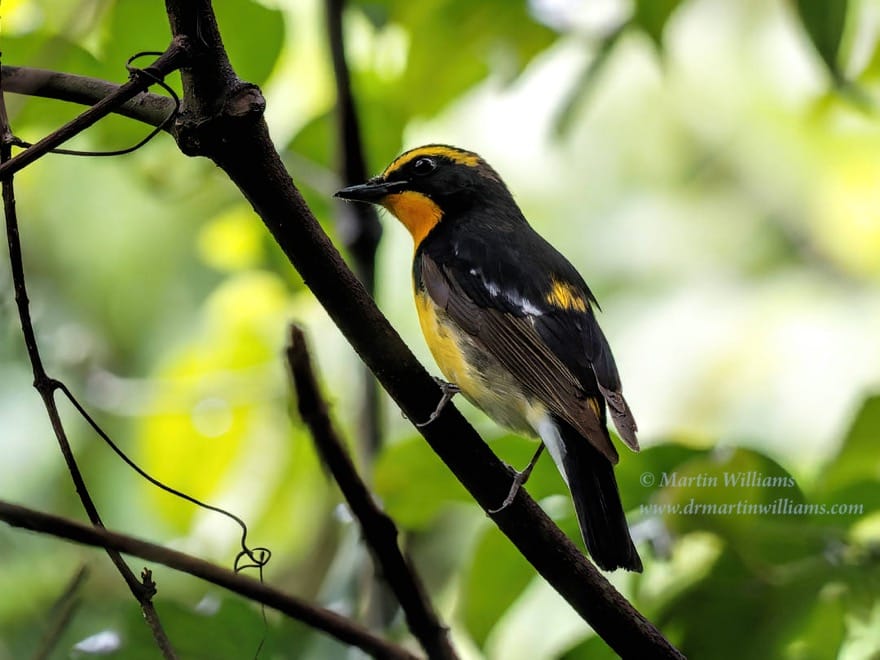
In April, many of these winter visitors have left, but other migrants are passing through. They include some stunning male flycatchers – especially Narcissus, with their glow-in-the dark yellow underparts, and upperparts black but for yellow rumps and wing patches, and Japanese paradise, with extravagantly long tails. The breeding season is underway for local birds, which include species that have colonised in recent years. The minivets, for instance, formerly occurred only in winter but, with Tai Po Kau maturing, they have taken up year-round residence. So too have chestnut bulbuls, white-bellied yuhinas and orange-bellied leafbirds. And others such as silver-eared mesias and velvet-fronted nuthatches, which may be escapees from the wild bird trade.
The night shift
At dusk, Tai Po Kau’s night shift begins. Chinese pangolins and porcupines emerge from daytime burrows, the pangolins to roam around in search of termites and grubs, the porcupines to munch on tree bark and shoots. Barking deer and wild boar leave hideouts amongst the undergrowth; the boar will churn up patches of ground as they root for tasty morsels. Masked palm civets also set out in search of food. If it is winter, they may dine on fruits, while at any season they are partial to forest rats.
The rats must also beware of other predators: leopard cats, collared scops owls, and snakes ranging in size up to pythons, the largest of which can kill young boar and deer.
All snakes are predators, though most take far more modest prey – one feeds on snails and slugs. Like pythons, bamboo snakes hunt by ambushing but, rather than constricting, strangling their victims, they kill with venom. Chinese cobras can move swiftly, chasing down their prey and killing with a potent, nerve-paralysing poison. Many-banded kraits use a similar toxin, but are less catholic in their diet: they mainly feed on other snakes.
Hummingbird hawk moths feed on nectar. Should you see one of these fat-bodied insects, suspended on wings blurred by rapid beating, you might mistake it for a hummingbird as it hovers in front of one flower, then darts to the next one, hovers again, and moves on. Many other moths also favour nectar, helping pollinate flowers. Others prefer fallen, decaying fruit. Atlas moths, with each wing as big as a hand, do not feed at all, but rely on food they stored as caterpillars to allow them to breed before they die.
Less gigantic moths may be devoured by bats, which home in on their prey using echo-location. Sophisticated though the echo-location technique is, it does have a drawback: moths hearing the clicking sounds made by the bats may take evasive action, and drop from the sky. Two local bat species have no such problems. They are fruit eaters and, as they excrete, inadvertently help with spreading seeds.
By sunrise, the night shift is virtually over. Most of the bats are back in their caves, mines and catchment tunnels, or snugly wrapped in leafy hideaways. Porcupines and pangolins are again in burrows – though the pangolins may have switched holes, ready to harvest different termite nests. The deer, boar and civets are likewise mostly hidden again, waiting for a new night to begin.
Isolation, Robinson Crusoe frogs, and the rising tide
You have only to travel north from Hong Kong, across the border to Shenzhen, and onwards towards Guangzhou, to realise that Hong Kong’s forests are now isolated, separated by far more than just a border fence from any remaining forest in south China. Great swathes of the Chinese landscape have suffered ecological devastation, and are near bereft of wildlife.
Regarded as expendable – perhaps even impediments to development – during the heady years of the Great Leap Forward and the ensuing chaos of the Cultural Revolution, China’s forests were felled to make way for towns and farmland, and to fuel backyard smelters that produced useless pig iron. Felled, but not replaced. Only in the last decade was their value appreciated, and replanting begun. Hong Kong’s neighbouring province, Guangdong, has reafforested many barren areas, but the trees are young, their species variety is low, and they hold only sparse wildlife. No longer are there South China tigers that might wander into Hong Kong and terrorise villagers or townsfolk. Nor will a host of other creatures visit, discover the new forests, and settle, perhaps in the very same areas these same species inhabited long ago.
While this isolation results from man’s destructiveness, parts of Hong Kong have been naturally isolated from the mainland for thousands of years. As the last ice age ended around 10,000 years ago, ice sheets the size of continents melted, and sea level rose. Along what is now south China, the sea flooded in across a sub-tropical coastal plain. Reaching the land that is now Hong Kong, the sea changed valleys into bays and inlets, hilltops into islands. Islands which, for some species, were to serve as havens from the flood.
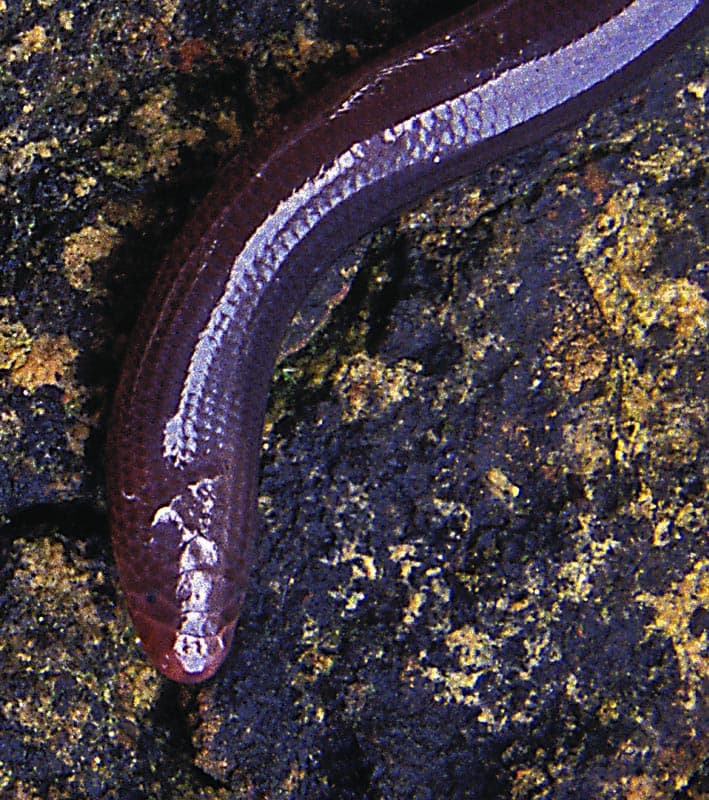
Some of these island castaways may still be found in Hong Kong, surviving in forest remnants or boulder-strewn ravines. Search hard on tiny Shek Wu Chau, and you might find a painted bronzeback, a snake whose closest known relative is in Vietnam (it may be the same species; or it may be different – only two specimens have been discovered so far), or an earthworm-like burrowing lizard, which is otherwise only known from the island of Hei Ling Chau. The lizard was new to science when it was found on Hei Ling Chau in 1987; five years later, a new species of gecko was found on Po Toi island.
Best known of the castaways is Romer’s tree frog. First discovered on Lamma Island by amateur herpetologist John Romer in 1952, the frog has since been found on Lantau Island, Po Toi, and Chek Lap Kok. Though not spectacular looking – it is dull brown and, even when full grown barely reaches half the length of the average human thumb – Romer’s tree frog shot to prominence in 1990, when conservationists protested that work on the new airport project threatened this rare species. Perhaps a quarter of the frog’s habitat would be lost as Chek Lap Kok was levelled to make way for the airport. Some rescue work was carried out, but work on the airport scheme continued, and Chek Lap Kok has been devastated.
The airport scheme may be the most environmentally destructive project in Hong Kong’s history. But it is far from alone in threatening Hong Kong’s wildlife. New housing schemes, roadways, factories and even landfills eat up scarce land.
Nevertheless, on many hillsides, the forest renaissance continues. Tai Po Kau is maturing. Native trees sprout and grow in the shelter of plantations. Where they are not burnt, grassy hillsides are slowly colonised by shrubs, then trees. The current forests may be the best Hong Kong has seen for centuries, and are surely far better than the sorry woods and plantations in much of southern China.
But, even where forests are protected, the renaissance may need more active help. Non native plants may elbow out or smother local varieties. The seeds of some trees, such as the oaks, are no longer transported away from their parents, but remain where they fall. Probably, this is because the animals that once ate and excreted the seeds are gone, breaking links vital to the forests past. If these trees are to flourish again, man may have to spread them: seedlings could be grown in nurseries, then planted. Maybe, as forests like Tai Po Kau mature, some of the creatures that probably once lived in Hong Kong could be reintroduced.
Manipulated in this way, the future forests would not be truly natural. But, like the hilltops that became islands when the sea flooded in, they would serve as havens for wildlife, offering sanctuary from the rising tide of extinctions. And, they would offer us a glimpse of the past, of majestic, long gone forests we can otherwise only dream of. Green, living museums, they would bear witness to nature’s riches, and man’s follies.
The above is a chapter I wrote for The Green Dragon: Hong Kong’s living environment (Green Dragon Publishing; sadly, out of print).

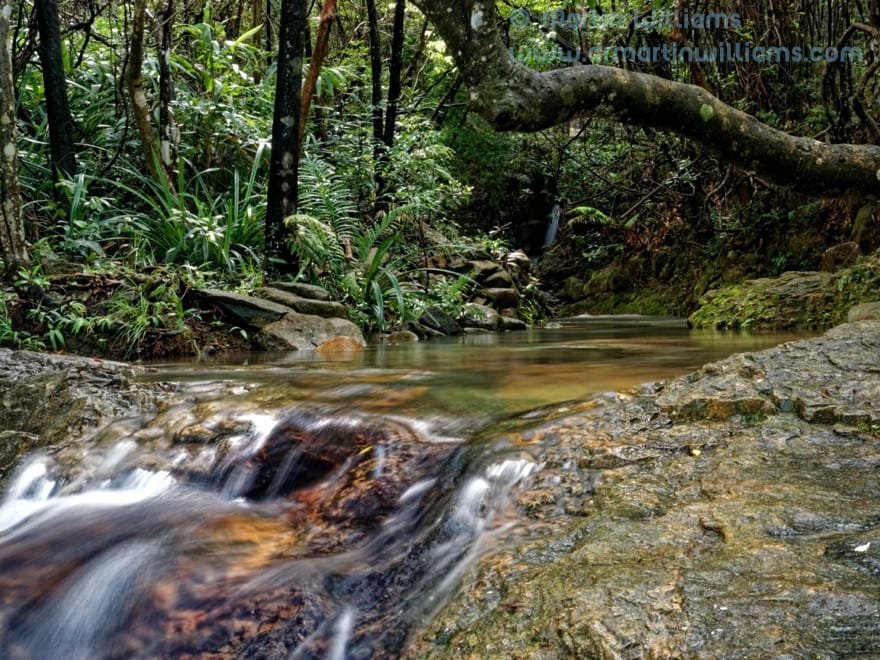

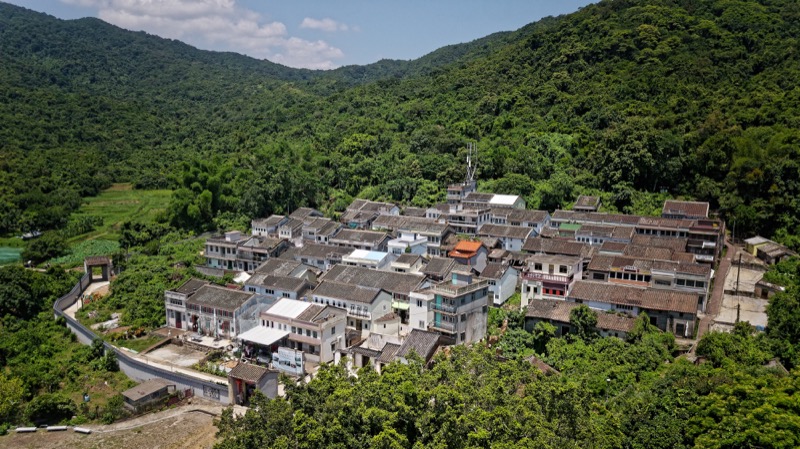
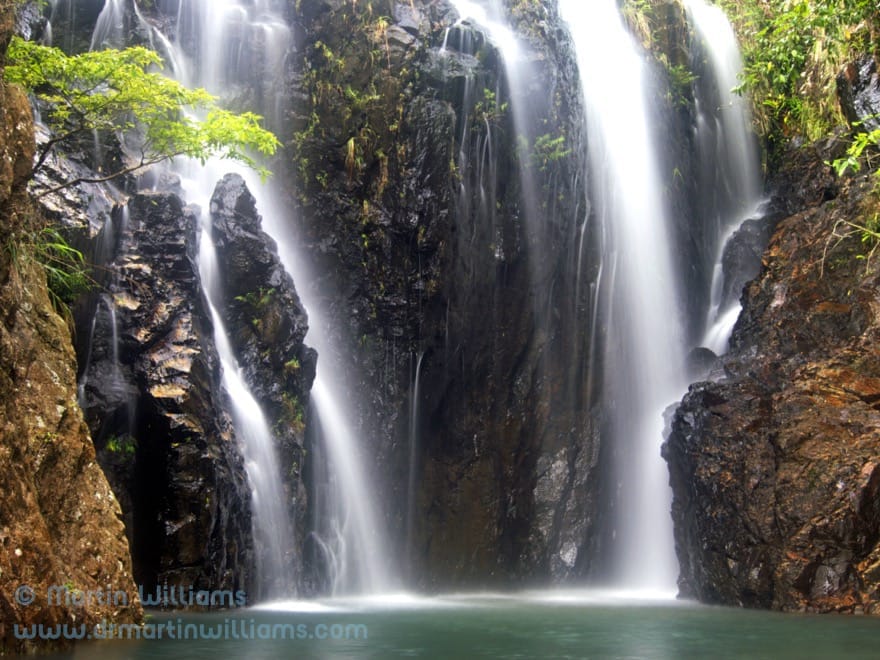
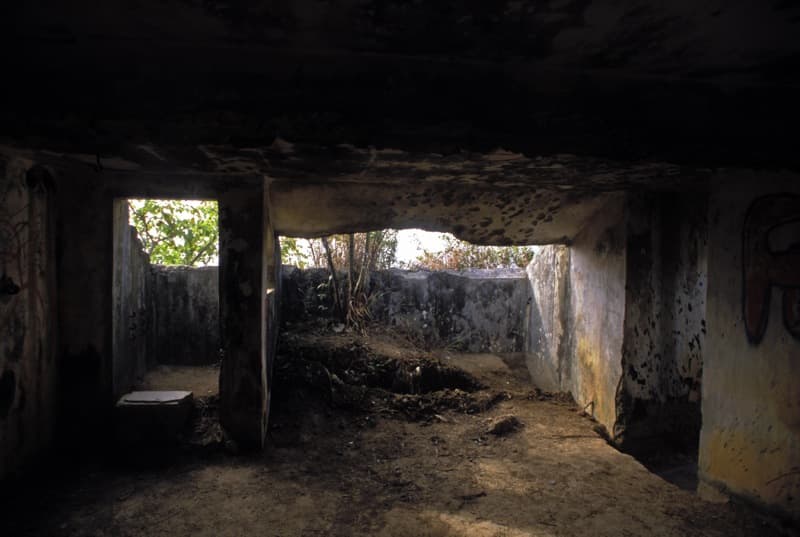

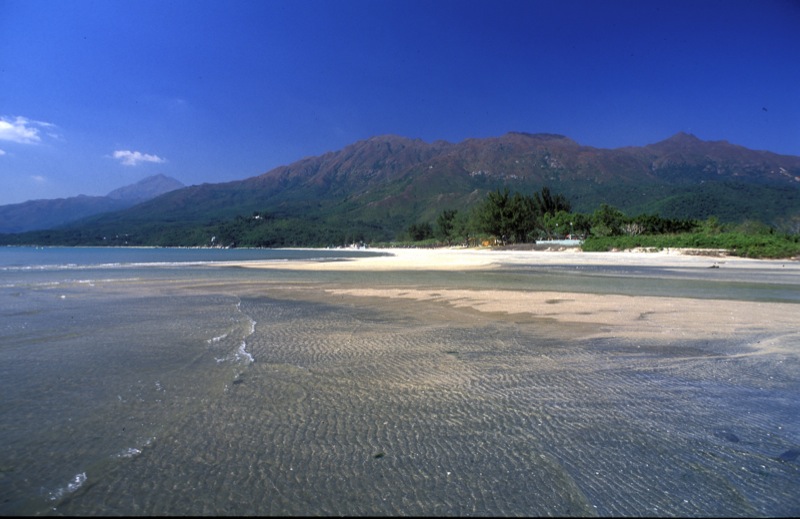
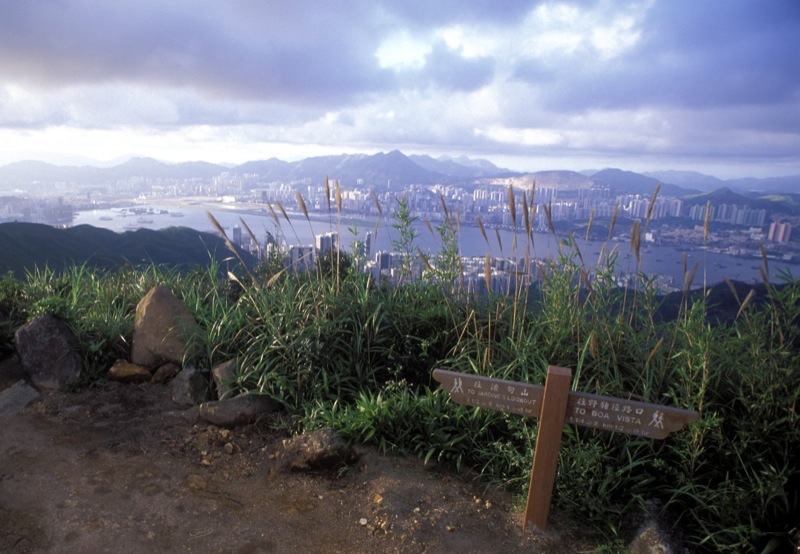

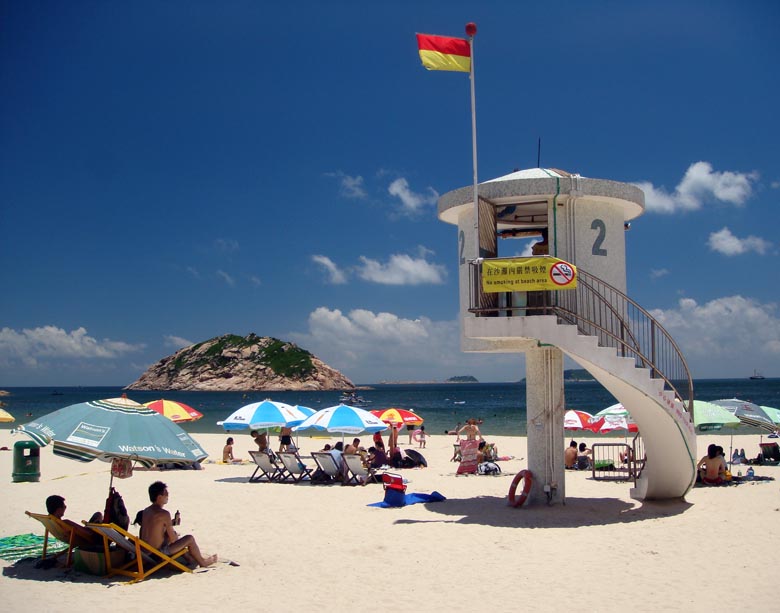
cool
i like this article
Well said. Fortunate enough to have a copy of Green Dragon and hugely recommend it to fans of HK’s wild and wonderful countryside
Thanks Steve!